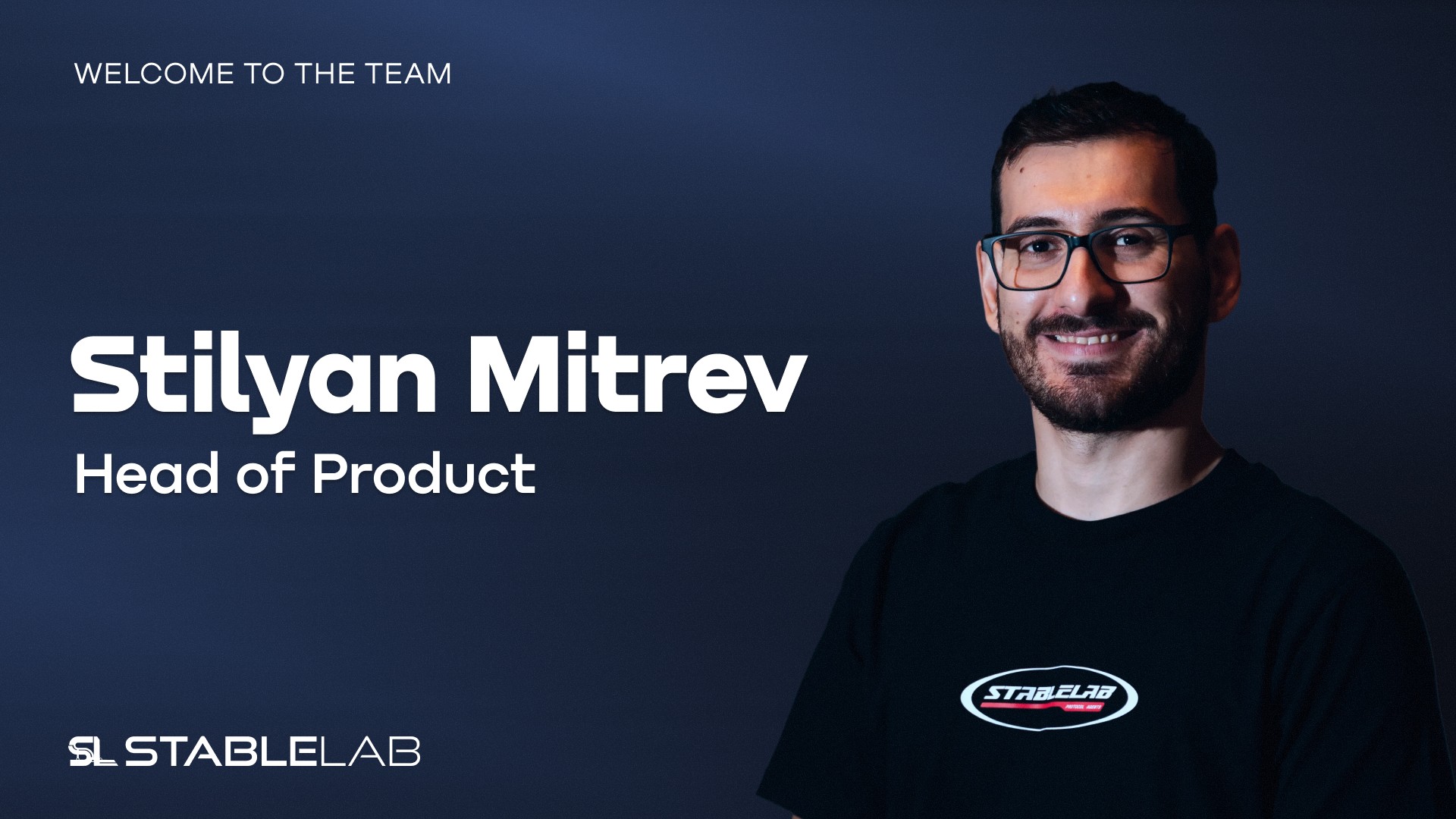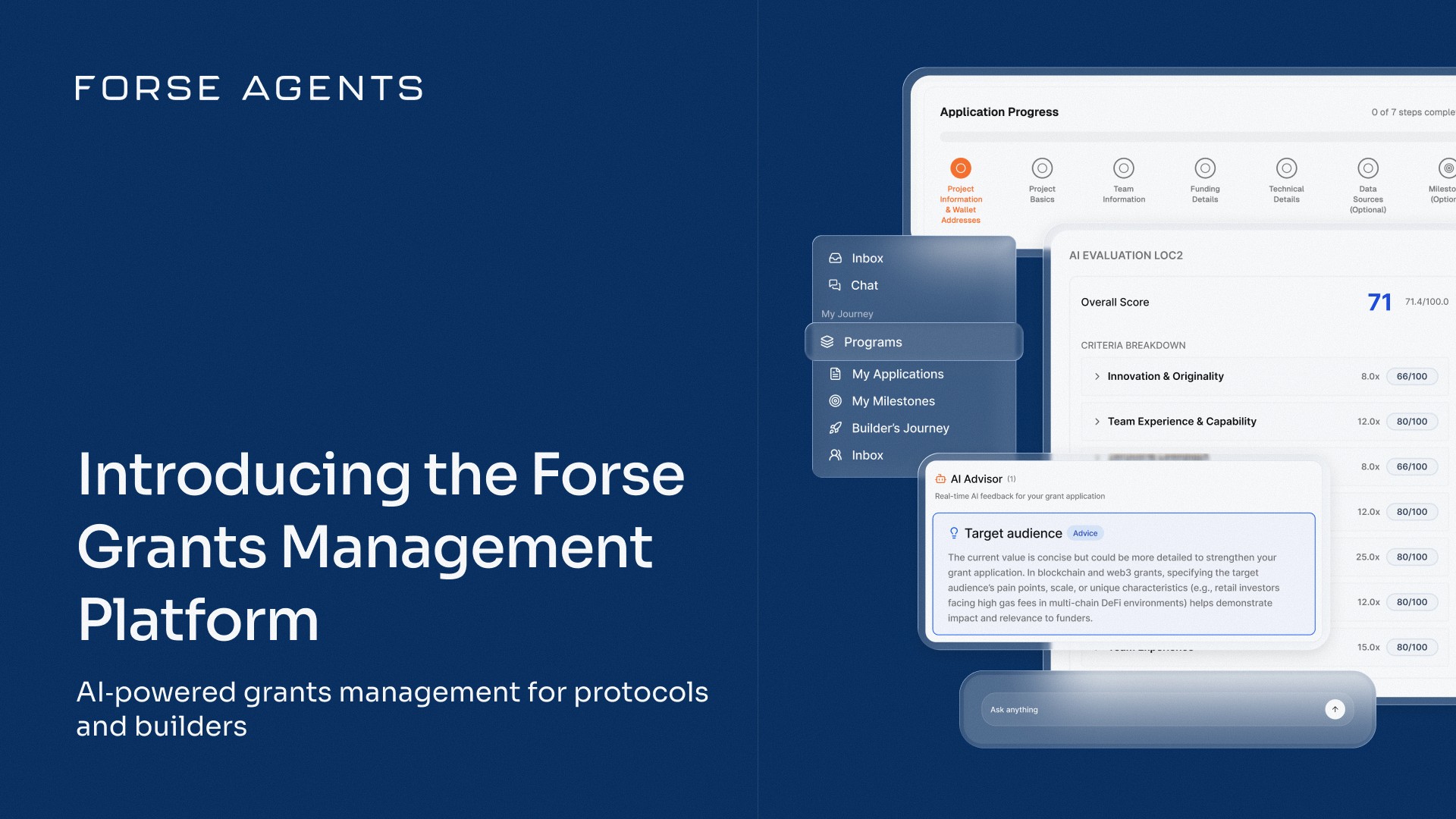For years, transparency has been the default. And rightfully so: it powers accountability, trust, and community-led governance. But in a world of surveillance risks, legal ambiguity, and social signaling, full visibility is no longer always safe or effective.
This article doesn’t argue against transparency. It makes the case for intentional visibility where privacy is not a bug, but a governance tool. A way for communities to decide what to expose, what to protect, and when.
Because good governance isn’t about showing everything. It’s about knowing what matters, and who needs to see it.
Transparency Got Us Here—But It’s Not Always Enough
DAOs owe much of their success to radical transparency. From onchain proposals to public voting dashboards, openness has enabled community-driven governance and built trust.
But as DAOs scale, cracks in the model are emerging. Public votes become performances. Contributors self-censor, fearing reputational risk. Legal exposure grows for founders and stewards. These aren’t edge cases, they’re systemic effects of permanent visibility.
Transparency helped bootstrap DAOs. But full exposure, everywhere and always, may no longer be optimal.
The question isn’t "transparency or privacy?" It’s: where does each one work best?
Why Privacy Matters for Participation

Oversight framed as care can still undermine autonomy.
Privacy isn’t about secrecy. It’s about autonomy, security, and psychological safety. Without it, the conditions for open participation begin to erode.
Institutional systems have long acknowledged this: anonymous ballots protect choice, legal protections invite candor, and confidential discussions make room for early-stage thinking.
DAOs, however, often default to radical openness—where thoughts, strategies, and personal affiliations are always on display. This can have unintended consequences:
Fear of making mistakes leads to withdrawal.
Anticipating judgment turns originality into consensus-seeking.
Exposure fatigue discourages involvement altogether.
Authentic contributions give way to performative signaling.
Vitalik recently argued that “UN resolution votes should be secret ballot,” allowing representatives to act on conscience rather than geopolitical pressure. The same logic applies to decentralized governance: when exposure distorts intent, privacy restores authenticity.
Contextual privacy can change the dynamic.
Modular Visibility: Design for Context
The real challenge isn’t transparency vs. privacy. It’s designing visibility that fits the context.
Visibility should evolve as DAOs mature:
Launch stage → Transparency builds credibility and invites contribution.
Growth stage → Privacy supports dissent and experimentation.
Maturity stage → Layered visibility balances trust, accountability, and resilience.
Not all participants need the same exposure. Tokenholders voting with their own stake may expect privacy. Delegates voting with borrowed power, often while holding other DAO roles, face different expectations. Governance should reflect those asymmetries.
Rather than defaulting to one model, visibility should be layered combining public, semi-public, and private components depending on the proposal, the context, and the actor involved.

The takeaway: Visibility should be intentional, contextual, and modular.
Tools Already in Use
Across ecosystems, DAOs are experimenting with privacy-preserving tools that enable participation without exposure, dissent without fear, and trust without full disclosure.
Shielded voting tools like Shutter and Snapshot’s ZK plugins hide vote choices until voting ends, reducing bandwagoning and allowing more honest signaling, especially in high-stakes decisions.
Onchain anonymous voting is supported by MACI and Semaphore, which enable verifiable, privacy-preserving elections that resist coercion and bribery.
Sybil resistance remains a challenge, but projects like BrightID and HumanTech (formerly Gitcoin Passport) offer non-KYC ways to prove uniqueness and defend against spam without compromising anonymity.
ZK-based identity layers are emerging through experimental examples like Zupass, which demonstrate how users can prove eligibility or credentials without revealing underlying data.
Private deliberation remains underexplored. Forum pilots like ZK Forum (tested by Aragon and GnosisDAO) are experimenting with pseudonymous drafts and feedback layers to reduce reputational pressure during early-stage governance discussions.
Reputation without exposure is now possible via Ethereum Attestation Service, which allows attestations to be made off- or on-chain without linking them to a doxxed identity. zkKYC systems like PrivadoID enable proof of eligibility without compromising personal data.
These tools work, but only when paired with norms that support them. If privacy is optional, private votes can be misinterpreted as dissent. Culture must evolve alongside infrastructure.
A notable example is NounsDAO, which funded a research sprint in 2023 to prototype a fully private voting system using ZK proofs. The project, led by Aztec Labs and Aragon ZK Research, demonstrated that it’s possible to combine ballot secrecy, fairness, and eligibility verifiability on Ethereum.
Risks, Tradeoffs, and Pragmatism
Privacy can reduce perceived accountability if participants feel shielded from consequences. It adds UX friction, especially with ZK tooling and can create mismatched expectations around what should be transparent.
Poorly scoped privacy can also distort governance dynamics:
Influence may concentrate behind anonymity.
Shielded voting can lower participation or weaken perceived legitimacy.
Sybil resistance becomes more fragile without credible identity anchors.
As detailed in Messari’s Privacy Layer report, achieving trustless coordination with confidentiality is possible, but only with careful architectural tradeoffs. It’s a technical challenge, but also a governance one.
The deeper risks are structural. Without clear roles and shared expectations, pseudonymity can blur lines of responsibility. This is especially true for delegates, who often operate across multiple roles, representing others, receiving grants, and voting with delegated power.
When everyone is both actor and stakeholder, privacy must clarify, not obscure, relationships of trust.
Privacy Is Vital to Get Mass Adoption

Declared values mean little if the interface contradicts them.
As DAOs evolve, so do the expectations for governance. Transparency has been foundational, but context now matters more than ever.
Some processes benefit from full exposure. Others, especially where social pressure or legal risk is high, may work better with selective privacy.
If you're building a DAO, map what truly needs to be public. Pilot privacy tools in low-stakes settings. Learn by doing.
If you're a delegate, ask when visibility strengthens your mandate and when it limits it. Advocate for structures that protect contributors, not just reputations.
If you're a tokenholder, consider how visibility affects your confidence to vote or express views. Defaulting to full transparency may not always serve the community’s best interests.
As Vitalik said, privacy is not about standing apart—it's about standing together.
It’s not about hiding. It’s about designing governance that works for the people who show up.
Want to dive deeper?
🎥 Watch: DAO Privacy Panel by How To DAO — with contributors from Fractal, ShapeShift, SafeDAO, and Oasis exploring privacy and voting in DAOs.
📍 Read: "Why I Support Privacy" by Vitalik Buterin — a powerful argument for privacy as a pillar of freedom, order, and progress.
Share with your friends:








